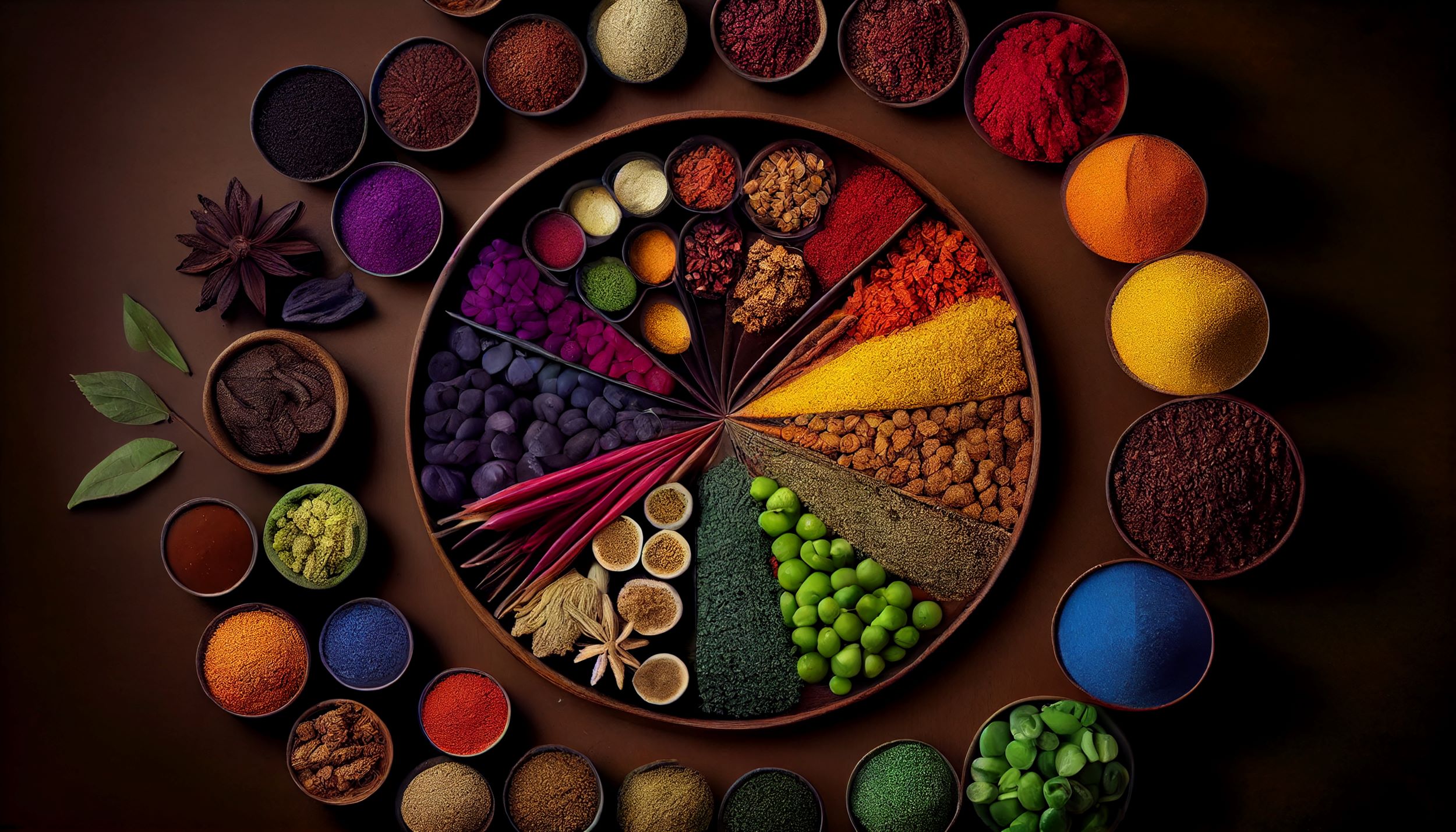What is Natural Food Coloring?
Natural food coloring refers to dyes or pigments derived from natural sources such as plants, minerals, or even animals. Unlike their synthetic counterparts, natural colorings are extracted from foods and other biological sources without artificial techniques or chemicals.
Historical Context
Ancient civilizations used spices, flowers, and herbs to enhance the visual appeal of their dishes. This practice has evolved, but the principle remains the same: using nature’s palette to make our food more visually enticing.
How is Natural Food Coloring Made?
Extraction Methods
The process of making natural food coloring involves extracting the pigment from its natural source. Common methods include boiling, juicing, or grinding the source material, followed by filtering out the solid particles to isolate the color. For example, beetroot can be boiled to extract a deep red dye, while saffron strands might be soaked to release their iconic yellow hue.
Popular Sources of Natural Colors
- Turmeric: Characterized by its striking yellow hue, turmeric is a staple in mustards and a variety of Indian cuisine.
- Beets: Known for their deep red or vibrant pink color, beets are ideally suited for adding a splash of color to desserts and sweet confections.
- Spirulina: This algae contributes a vivid blue shade that is becoming more popular in the creation of candies and various beverages.
- Chlorophyll: Sourced from green vegetation, chlorophyll is utilized to impart a natural green tint to an array of foods.
- Anthocyanins: These compounds are naturally occurring in berries and red cabbage and are used to produce shades of purple and blue in food products.
Benefits of Natural Food Coloring
1. Health Advantages
Synthetic dyes can include toxic chemicals, while natural food colorings are safer. Many natural colorings also provide additional health benefits; for example, turmeric contains curcumin, which has anti-inflammatory properties.
2. Environmental Impact
One way to lessen the impact on the environment caused by food production is to use natural colors. Natural colorings use sustainable sources such minerals and plants, in contrast to synthetic dyes that frequently use chemical processes that are potentially hazardous to the environment.
3. Allergen-Free Options
Synthetic colors can contain cross-contaminants from their production processes, whereas natural dyes are safer for those with allergies.
CONCLUSION
Among the various options available globally, Vibgyors Candy Food Colors have gained notable popularity in Pakistan. These colors are celebrated for their vibrancy and effectiveness in a range of culinary applications, from traditional sweets to modern confections so get yours now from EFA!

